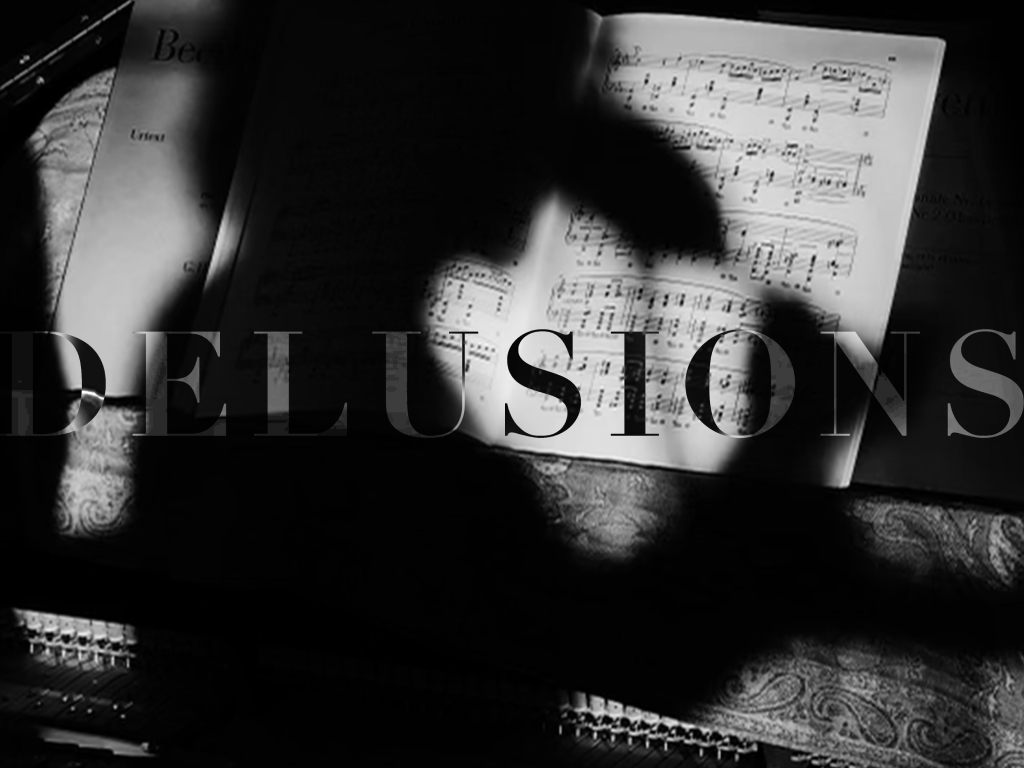5 simple ways to stay motivated at the piano
Motivation at the piano naturally rises and falls. This blog shares five simple ways to keep practice inspiring, from celebrating small wins to reconnecting with your “why.”
October 19, 2025

We are delighted that Eric Christian’s compositions are now live on Clefer. You can learn them with guided practice steps while the Coach listens to your playing and gives real-time feedback. Delusion No. 2 is a beautiful place to start.
Delusion No. 2 lives between tenderness and tension. Its phrases rise and fall like uncertain thoughts, never fully calm and never fully resolved. It invites you to explore contrast, sweetness and strength, simplicity and intensity. While the form is a simple ABA, the emotional development asks for attention and care. This guide walks you through the piece so you can bring out its color and shape.
The opening indication sets the tone. The melody feels introspective yet steady, with quiet determination. Keep the left hand grounded as it supports the right hand’s searching line. Let each note speak clearly and avoid too much pedal early on so the harmonies stay transparent. Think of this section as a statement of vulnerability that still holds strength.
The main motif unfolds gradually. The first phrase spans bars 1 to 4, followed by a variation in bars 5 to 8. Bars 9 to 16 return to these ideas with subtle changes, creating a gentle sense of development and continuity.
A new theme arrives and the phrasing becomes more expressive. Dynamic shifts from p to mf and markings like dolce ask for warmth with control. Shape the right-hand line as if it were sung. In practice, exaggerate the dynamics first, then refine them so they breathe naturally. The balance between hesitation and confidence shapes the mood.
The music returns to the main material with greater weight. Markings approach ff at the peak. Allow intensity without harshness. Use arm weight rather than force to deepen the sound. Listen for inner voices that appear here. Bringing them out gently adds richness and dimension. Toward the end of this span, begin to pull back to prepare the return to quiet.
The final pages feel like returning from a storm. The dynamic softens, the texture clears, and the melody comes back with greater simplicity. The emotion shifts from tension to reflection, still fort in character yet more accepting. Let the closing measures fade without losing tone. Imagine the thought continuing after the last note.
Delusion No. 2 is a study in contrast, restraint and release, sadness and strength. Its power lies in what remains unresolved and in the quiet pull between clarity and emotion. Take your time with each phrase. Let the sound settle. Listen for what is unspoken.
Clefer is here to support the way you learn this piece. With guided steps, real-time feedback, and a structure that encourages steady progress, Clefer helps you practice with focus and confidence, one phrase at a time.
Transform your piano learning journey with Clefer.